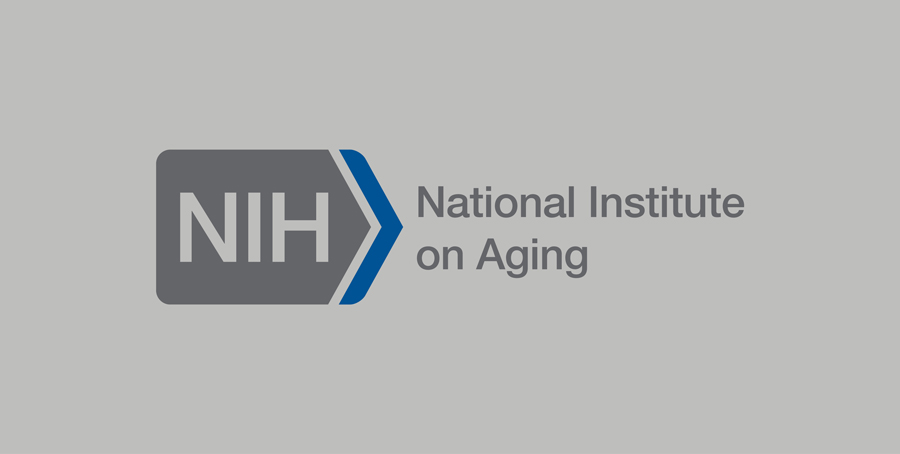
Effective patient engagement is a cornerstone to research on pain and addiction. Credit: Getty Images
Both pain and opioid use disorder are multifaceted conditions, often overlapping with each other and co-occurring with other health problems. What’s more, pain and addiction are lived experiences shaped by biology, psychology, and also culture – and they are affected by pervasive stigma that can limit open dialogue between patients and providers. Patients have a unique vantage point that researchers can learn from about managing symptoms and mitigating logistical challenges to developing medications and other kinds of therapies. But while we know involving patients in research is important to understand and mitigate these dual health crises, we need to do more of it and be better at it.
We spoke with Dr. Paul Kimmel, Dr. Danielle Haney, and Dr. Alexis Bakos, NIH staff who lead the Helping to End Addiction Long-term® Initiative, or NIH HEAL Initiative®’s Patient Engagement Working Group, to learn more about why patient engagement matters and what HEAL can do to improve its focus on this important activity central to the NIH mission.
What is patient engagement and why does it matter?
Danielle Haney: Patient (and stakeholder) engagement in the context of clinical research solicits and incorporates the perspective of participants and their communities throughout the lifespan of a study, from early conception of a research question through study design and implementation and bringing an intervention into real-world settings. These approaches have been optimized in other research communities, and we seek to ensure that the same happens within NIH HEAL initiative studies to promote better research outcomes.
Paul Kimmel: How would a study fare if one of the key experts in the field who is available was never asked to participate? Often, clinical interventions designed by investigators alone do not work in the real world. In addition, researchers don’t necessarily know what a condition is really like. For example, I’ve never been on dialysis, nor have I experienced life-altering pain typical of some of these terrible conditions. In order to make the delivery of interventions more efficient, and to facilitate the work of clinical trials, it is useful to include patients and representatives of the clinical community to join in generating ideas and in providing feedback and critical commentary on ongoing findings.
Can you give an example or two that relate to pain and addiction research?
Danielle Haney: There are many ways to include patients in research, such as involving them on data safety monitoring boards and having them help define meaningful clinical endpoints for clinical trials. Patients can also be investigators, such as is the case with research funded by the Patient-Centered Outcomes Research Institute, which offers an extensive set of tools to enhance patient engagement in research.
Paul Kimmel: The Community Advisory Council of the APOL1 Long-Term Kidney Transplantation Outcomes (APOLLO) Network study has been critical in helping investigators reach out to the community of African Americans who have donated kidneys for transplantation to recipients with end stage renal disease. The Council’s engagement has resulted in the production of better recruitment tools, and to guiding and revising plans for dissemination of information about the study, and its potential results, to beneficiaries of this research. In the HEAL-funded Hemodialysis Opioid Prescription Effort (HOPE) study, patients have designed materials for recruitment, participated in the writing of informed consent documents, and have designed and participated in introductory videos that can be used to present the study to potential participants.
What do we know from other areas of research?
Alexis Bakos: The National Cancer Institute has a longstanding history of engaging patients in the entire research process. The collective perspective of patients contributes essential, real-world knowledge about research participation. One way we do this is through the NCI Community Oncology Research Program (NCORP): a national network that brings cancer clinical trials and care delivery studies to people in their own communities. More than 9,000 physicians, nurses, and research staff coordinate research activities at Research Bases and Community Sites, 14 of which are designated as Minority/Underserved Community Sites and have populations made up of at least 30% racial/ethnic minorities or rural residents. Here are a few specific examples:
- The Oncology Patient Advocates for Clinical Trials meets monthly and comprises individuals who participated in a cancer clinical trial and those that are involved in patient advocacy within a research community. Their mission is to build bridges between people involved in the clinical trial process – including patients, physicians, nurses, social workers, and others who provide cancer care. The group has developed a project to communicate clinical trial results to protocol participants once the information is published, and they also attend community events to provide education and awareness about clinical trials.
- In another example, the Cancer Research Consortium of West Michigan established a Patient Advisory Committee, comprising individuals who have all been enrolled in one of their clinical trials. Committee members meet with research team members and program leadership to discuss the best ways to help patients find and match with trials. They also develop possible marketing strategies, recommend educational resources and materials, and identify any potential barriers or logistical challenges that may affect patient participation. The Committee also has voting rights/representation on the NCORP’s executive board.
Does involving local doctors and care teams in research improve the way therapies are conceived and developed?
Alexis Bakos: For cancer, yes! Through the NCI Community Oncology Research Program, local oncologists provide input into the development of concepts and have a seat at the table by providing feedback both through the seven Research Bases and at the Community Sites (which accrue participants into NCI-funded cancer clinical trials and research studies).
Can you offer some tips for researchers who may not have experience with how to engage patients?
Paul Kimmel: Consider adding patients and community members as advisers during every stage of research. In initial development of research design, patients can be invited to provide feedback. Especially in clinical trials, patients and community members can serve on steering committee, or on recruitment committees, to provide insight into recruitment, and about overcoming barriers to fulfilling research goals. Patients and community members can also advise researchers about strategies for dissemination of results into communities, including news and social media venues.
What is the HEAL Initiative doing to advance patient engagement in pain and addiction research?
Danielle Haney: The HEAL Initiative Patient Engagement Working Group was launched this year to explore ways to make progress in this important area. Some of the things we do are provide opportunities for investigators to learn about engagement, identify the types of patient engagement ongoing in HEAL, and look for opportunities for sharing best practices. We are also working on adding more patients to HEAL governance structures. We’ll discuss all of this at an upcoming workshop in March 2021, a follow-up to our August 2020 workshop. Stay tuned!
Alexis Bakos, Ph.D., M.P.H., R.N. is a program director at the National Cancer Institute
Danielle Haney, Ph.D., is a Health Science Policy Analyst at the National Institute of Neurological Disorders and Stroke
Paul Kimmel, M.D. is a Senior Advisor at the National Institute of Diabetes and Digestive and Kidney Diseases

National Institute of Neurological Disorders and Stroke (NINDS)
Learn more about how NINDS and the HEAL Initiative are working together.

National Institute of Diabetes and Digestive and Kidney Diseases (NIDDK)
Learn how NIDDK and the HEAL Initiative are working together.

National Cancer Institute (NCI) Community Oncology Research Program (NCORP)
The NCI hosts a national network that brings cancer research studies to people in their own communities.
 U.S. Department of Health & Human Services
U.S. Department of Health & Human Services
